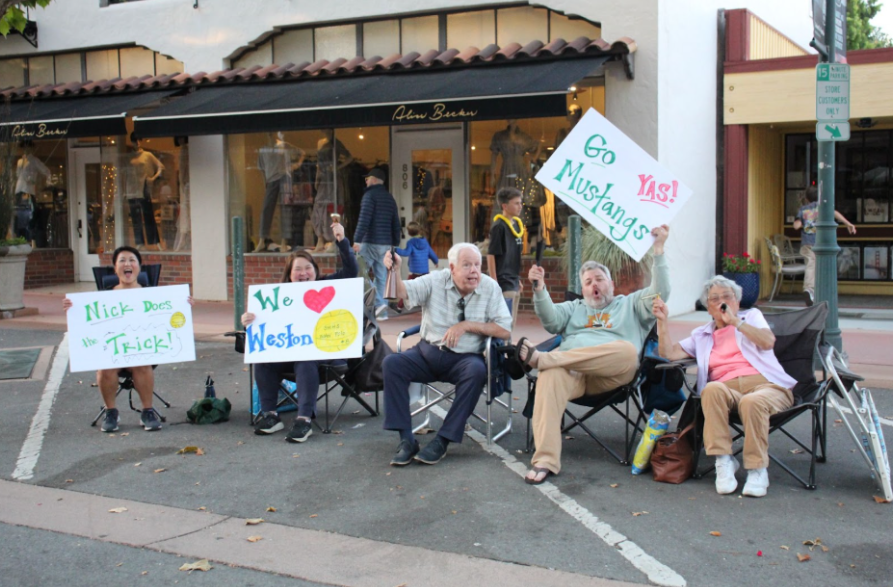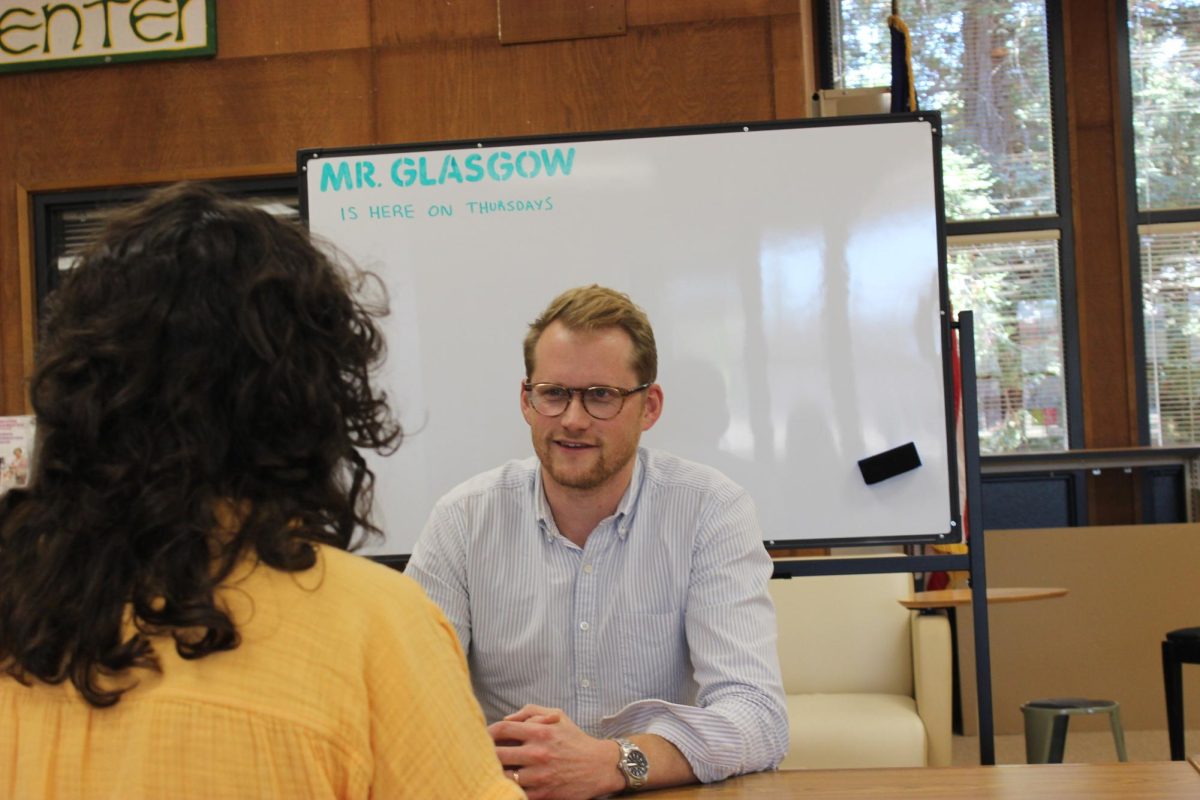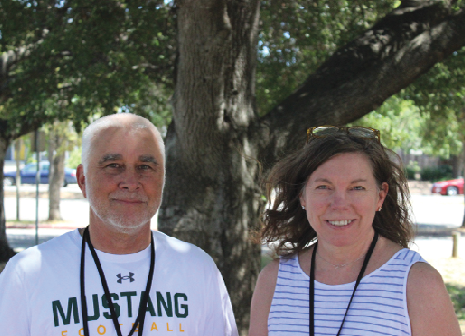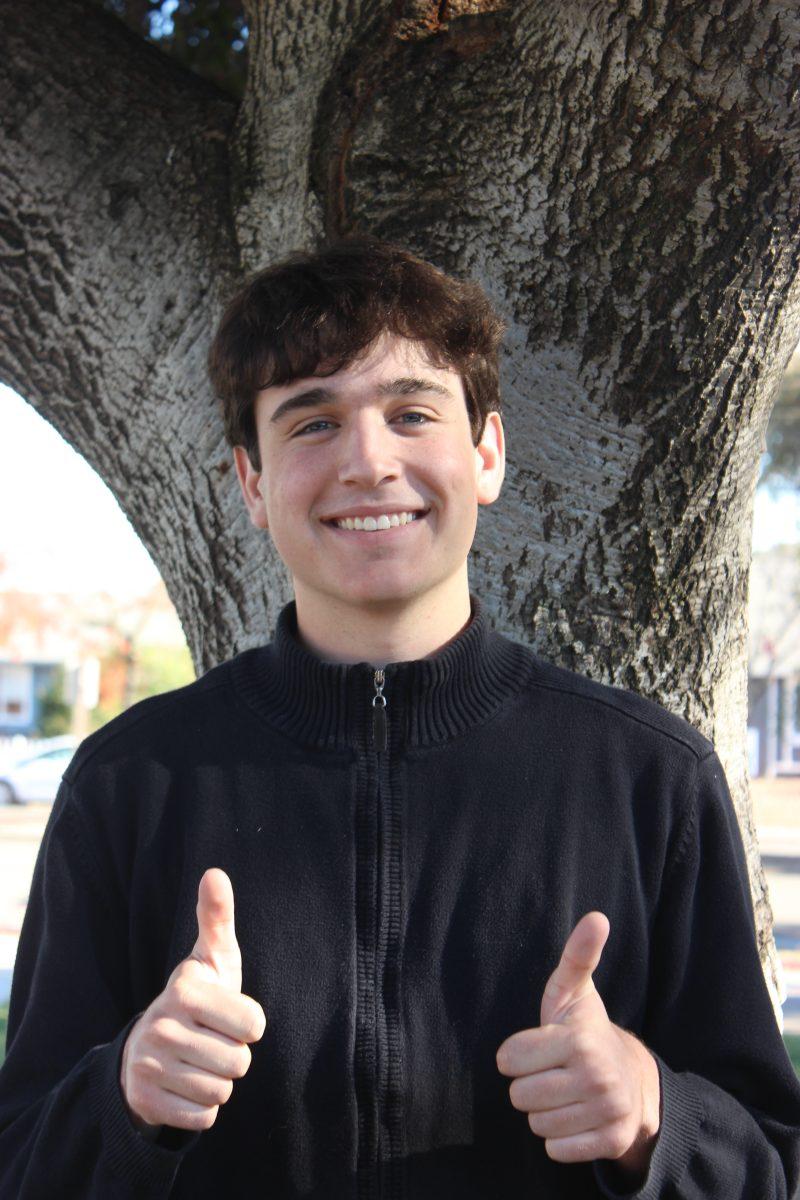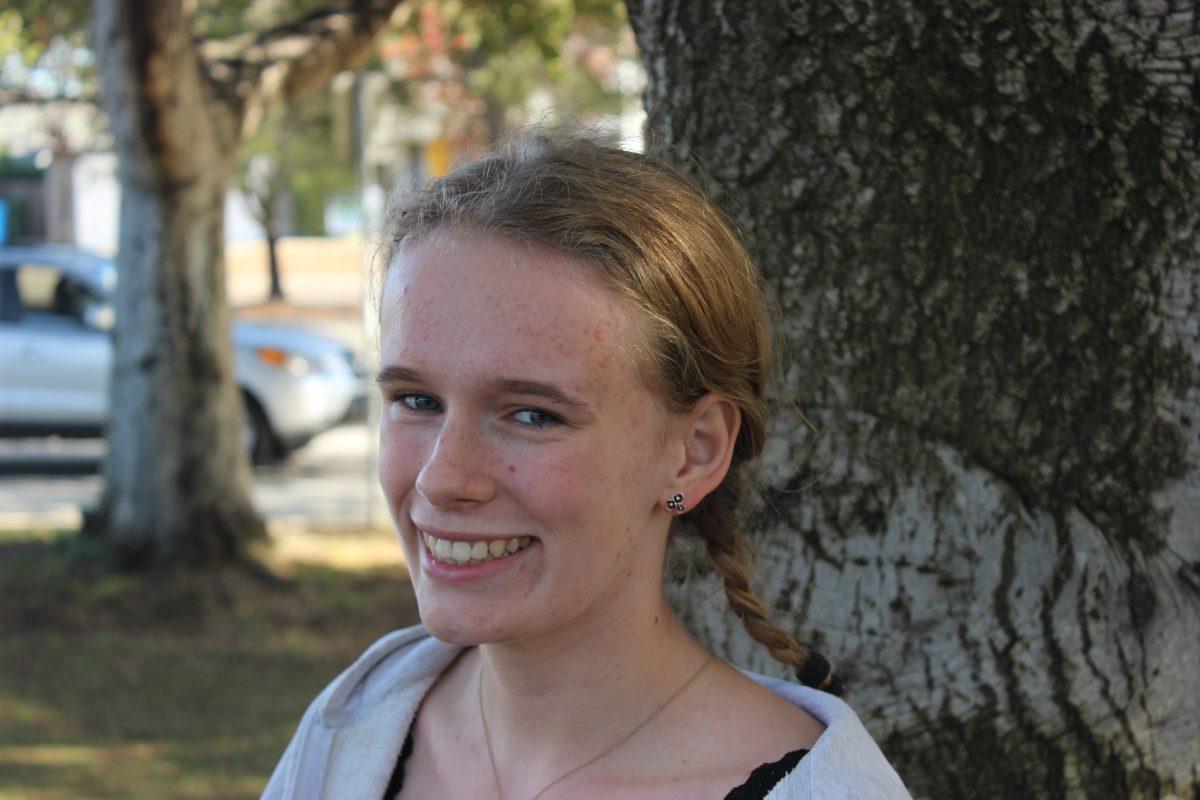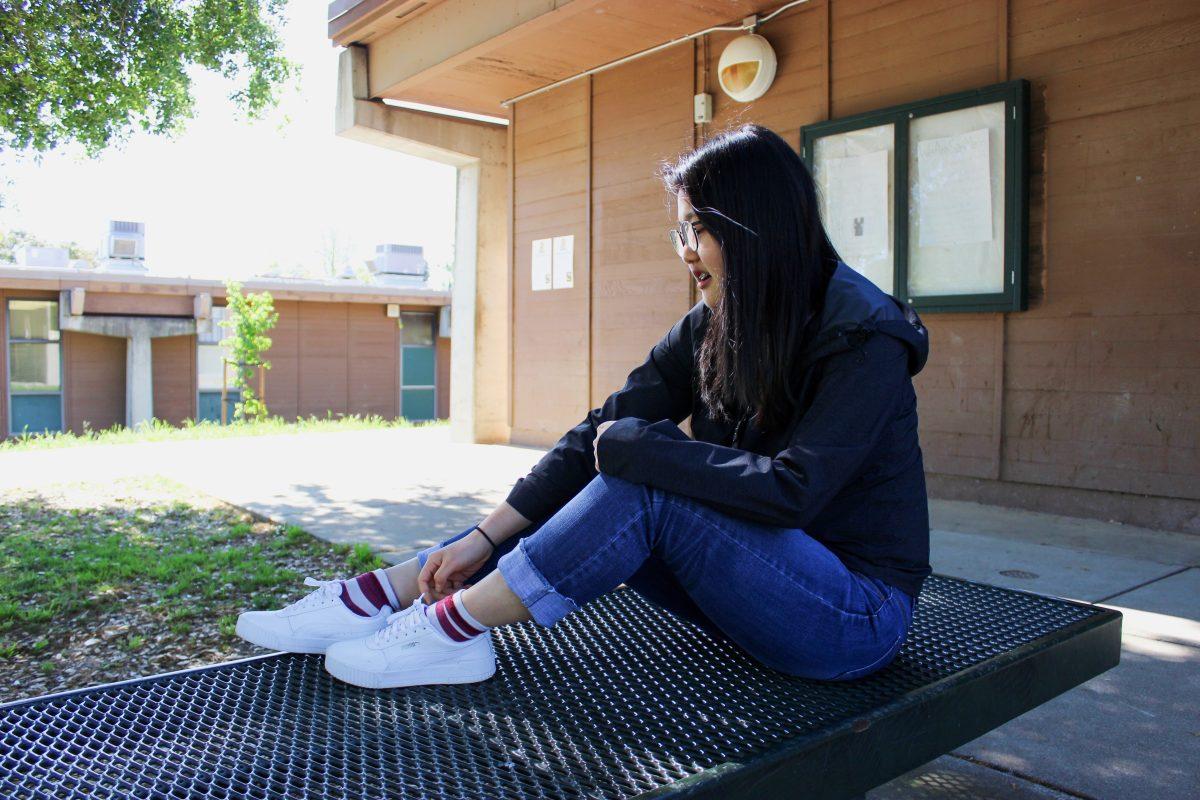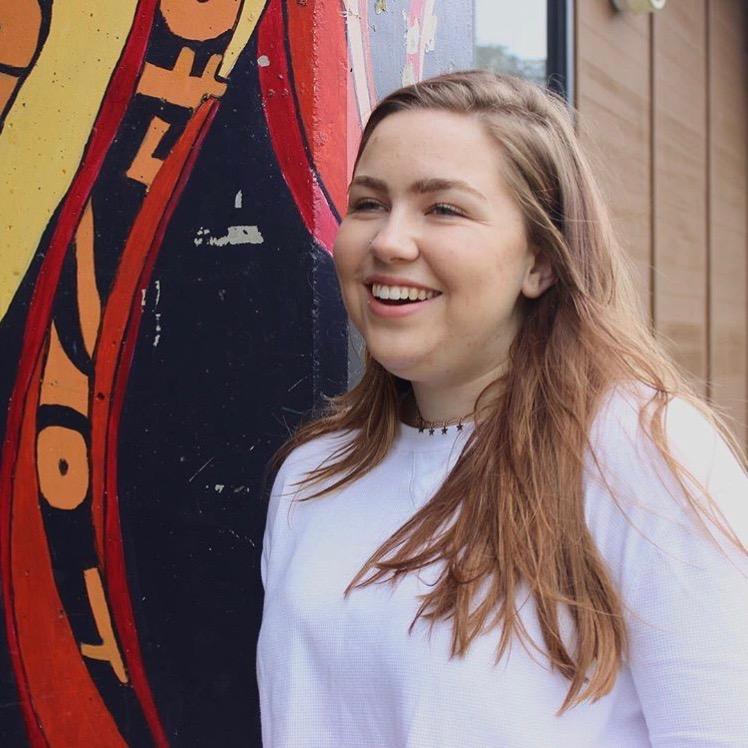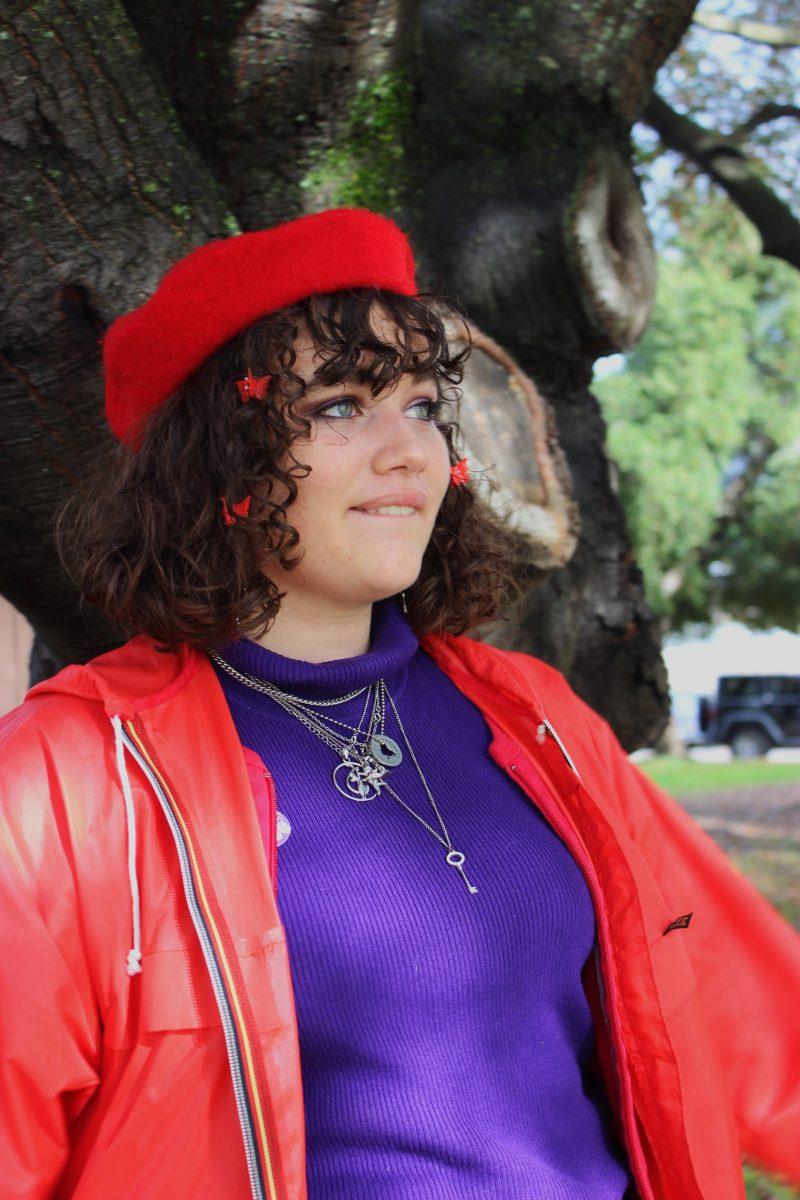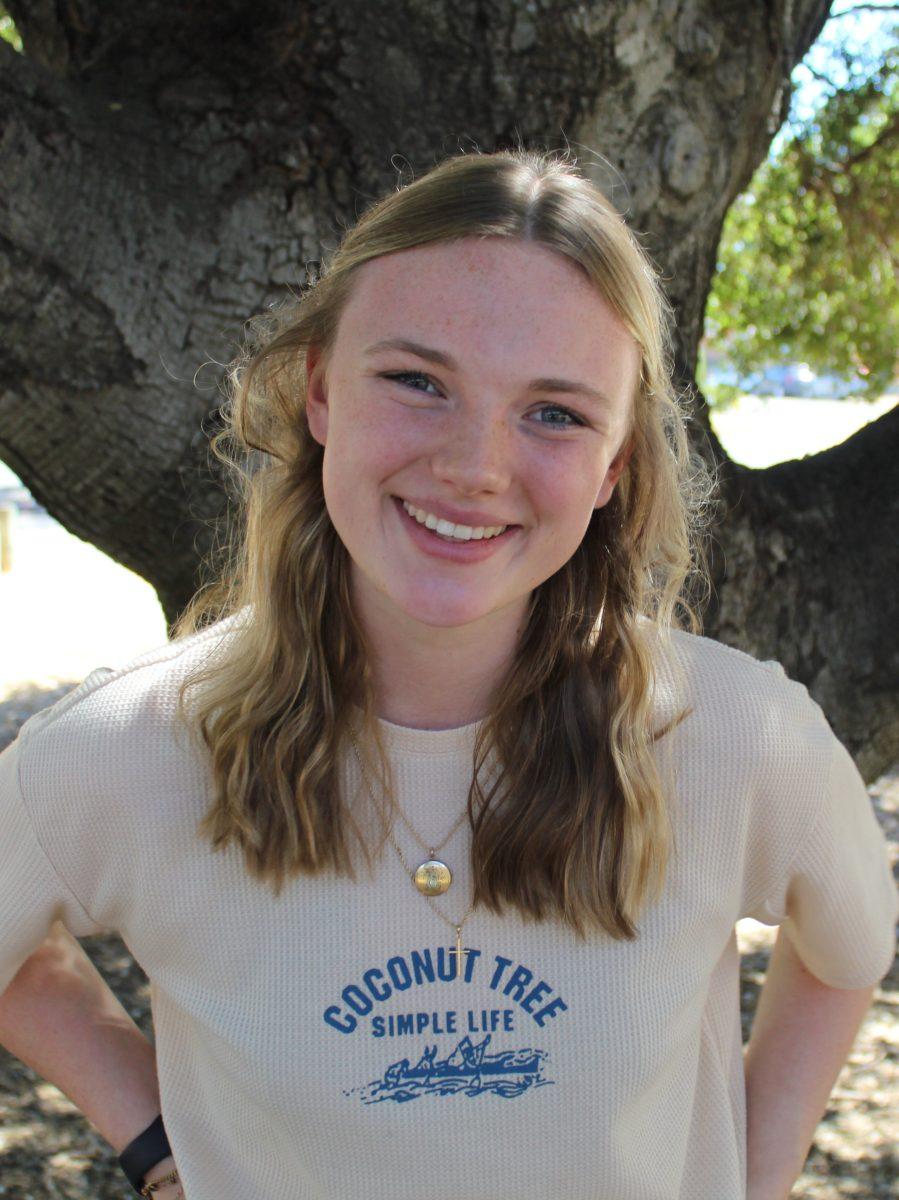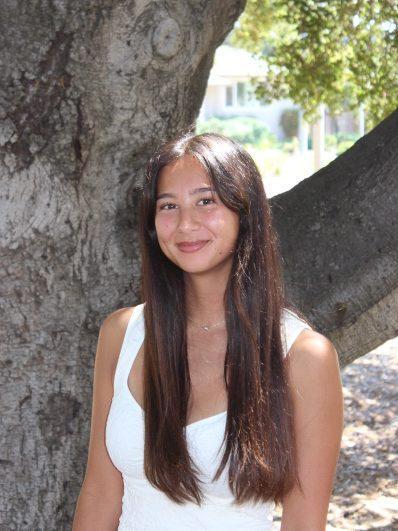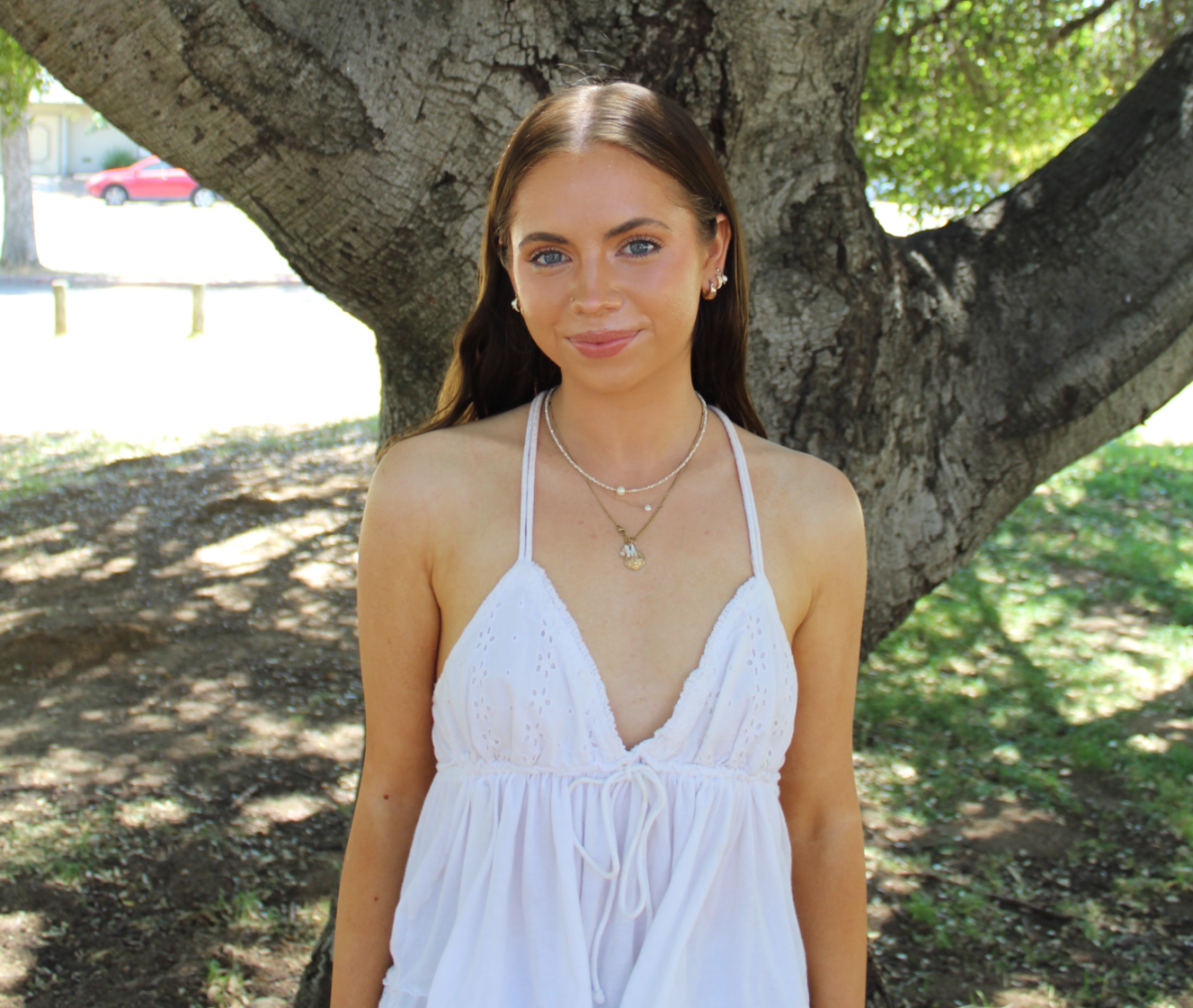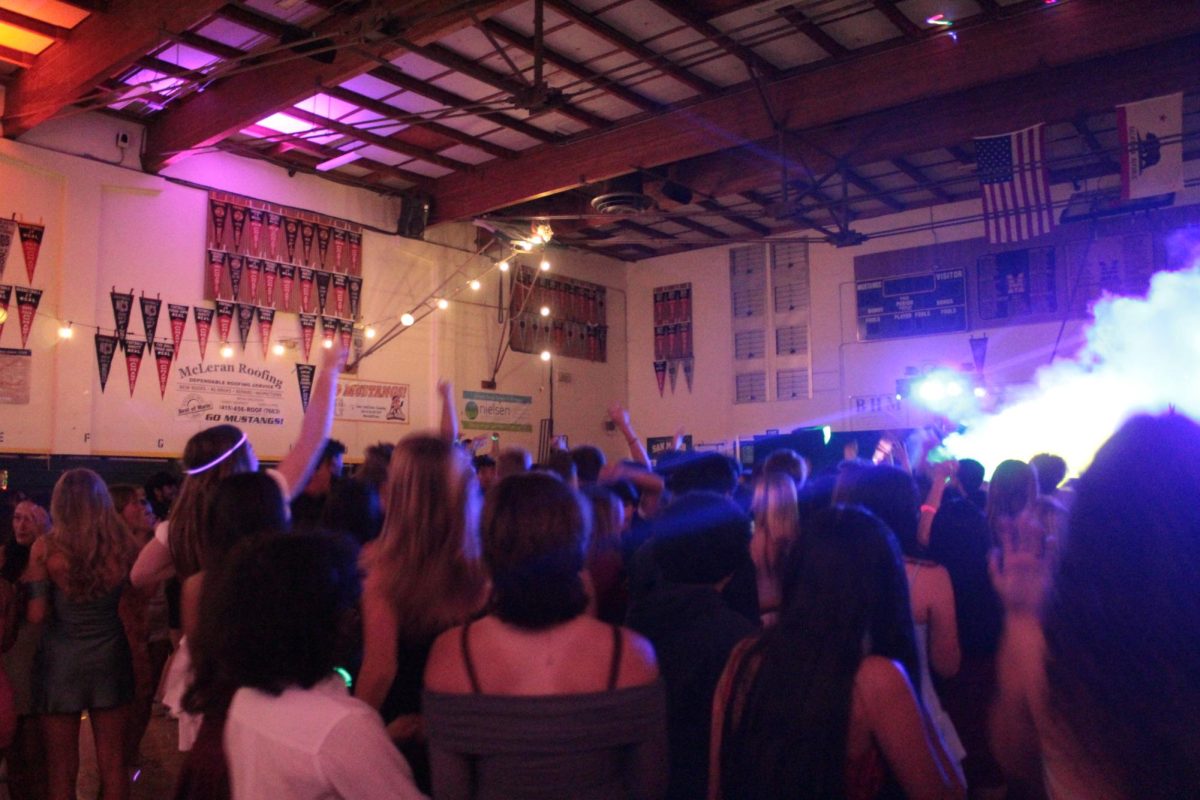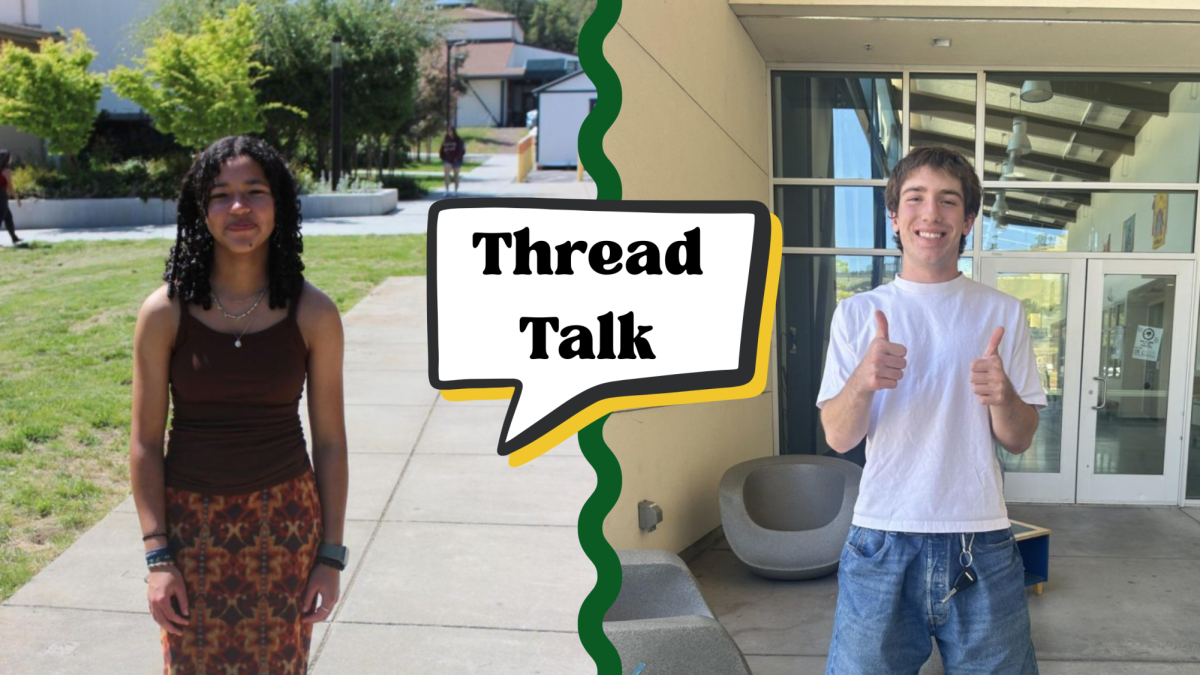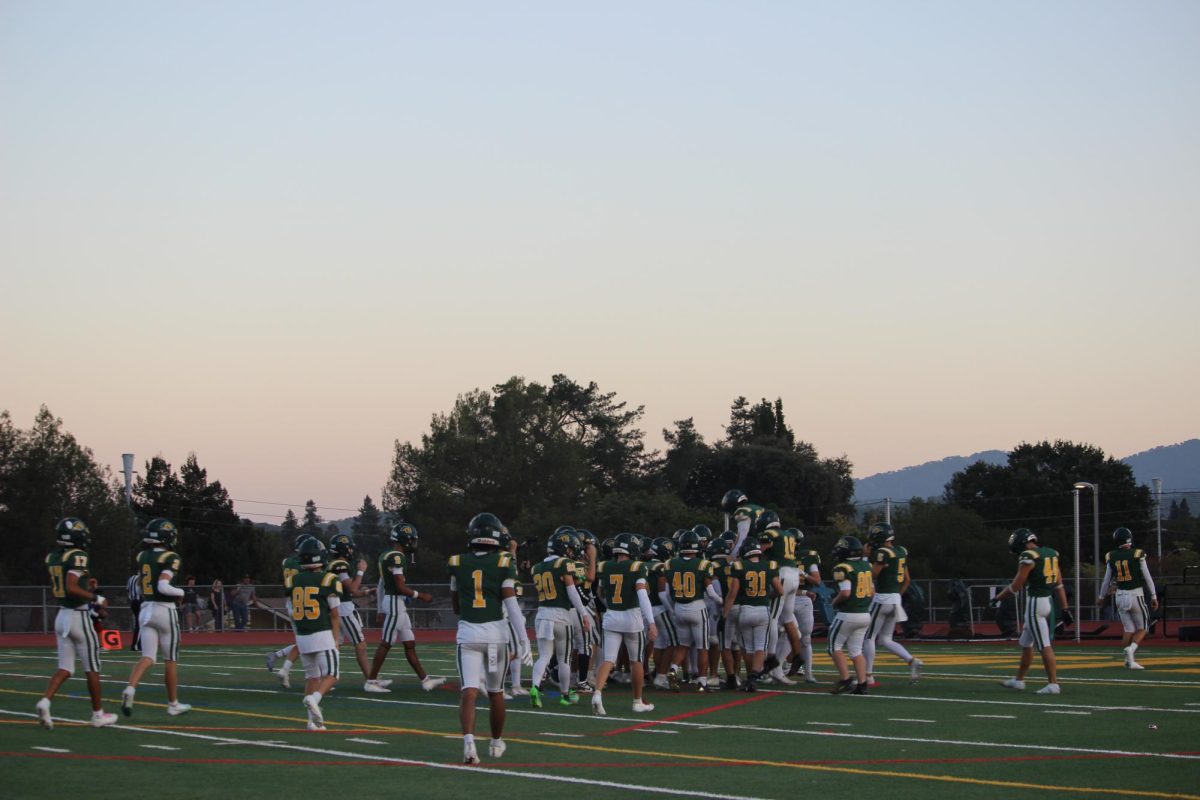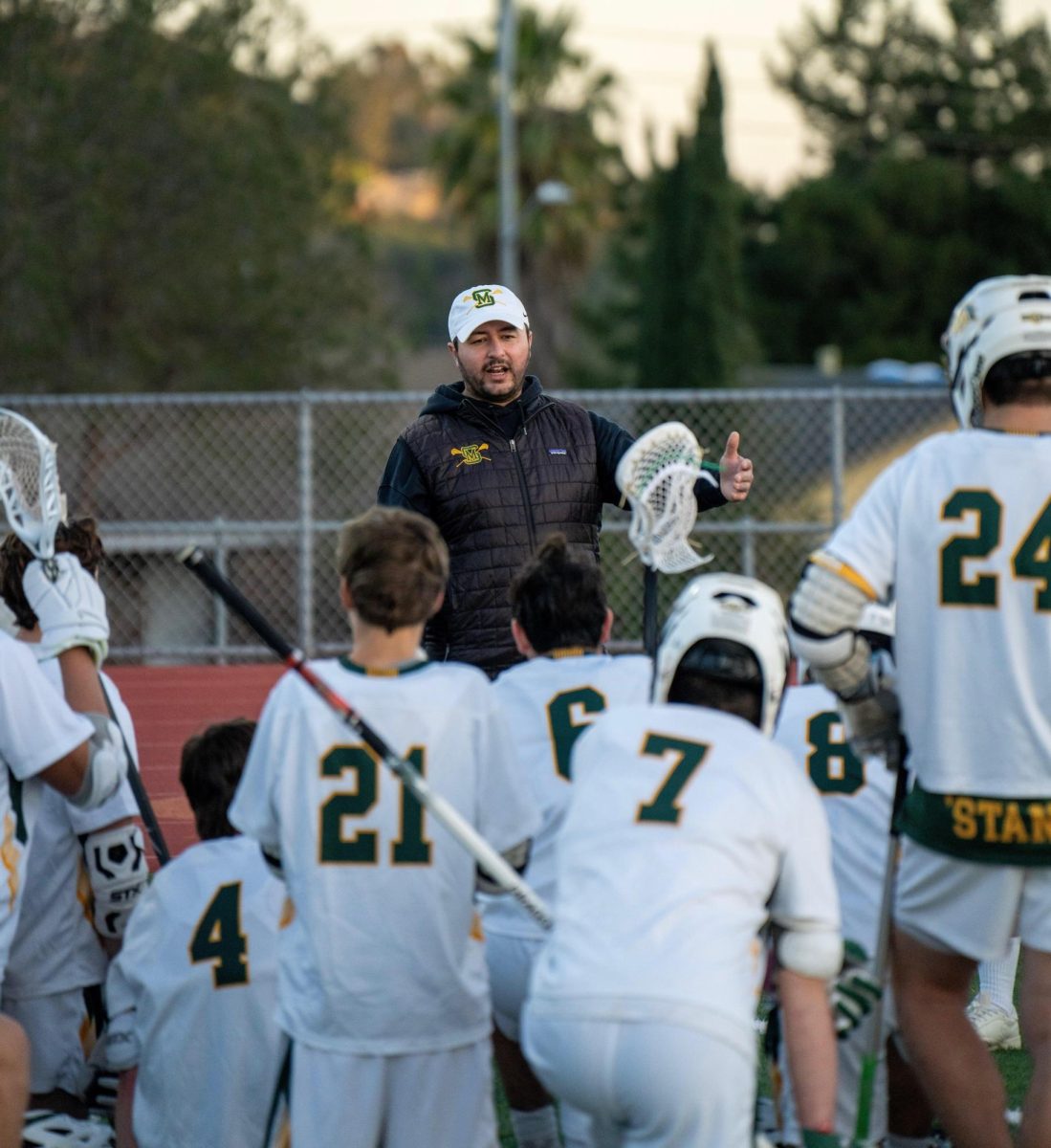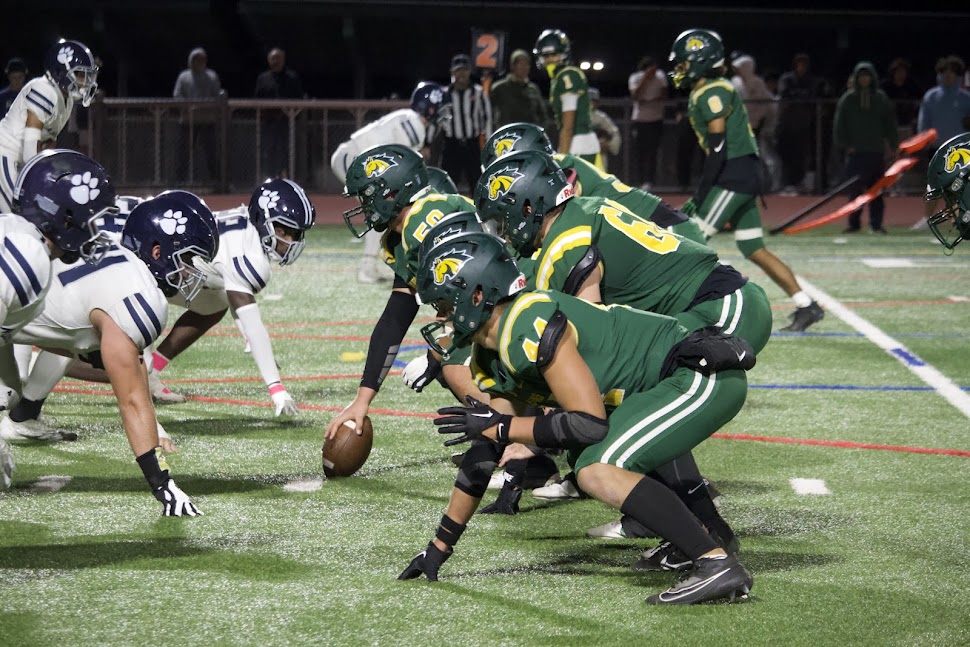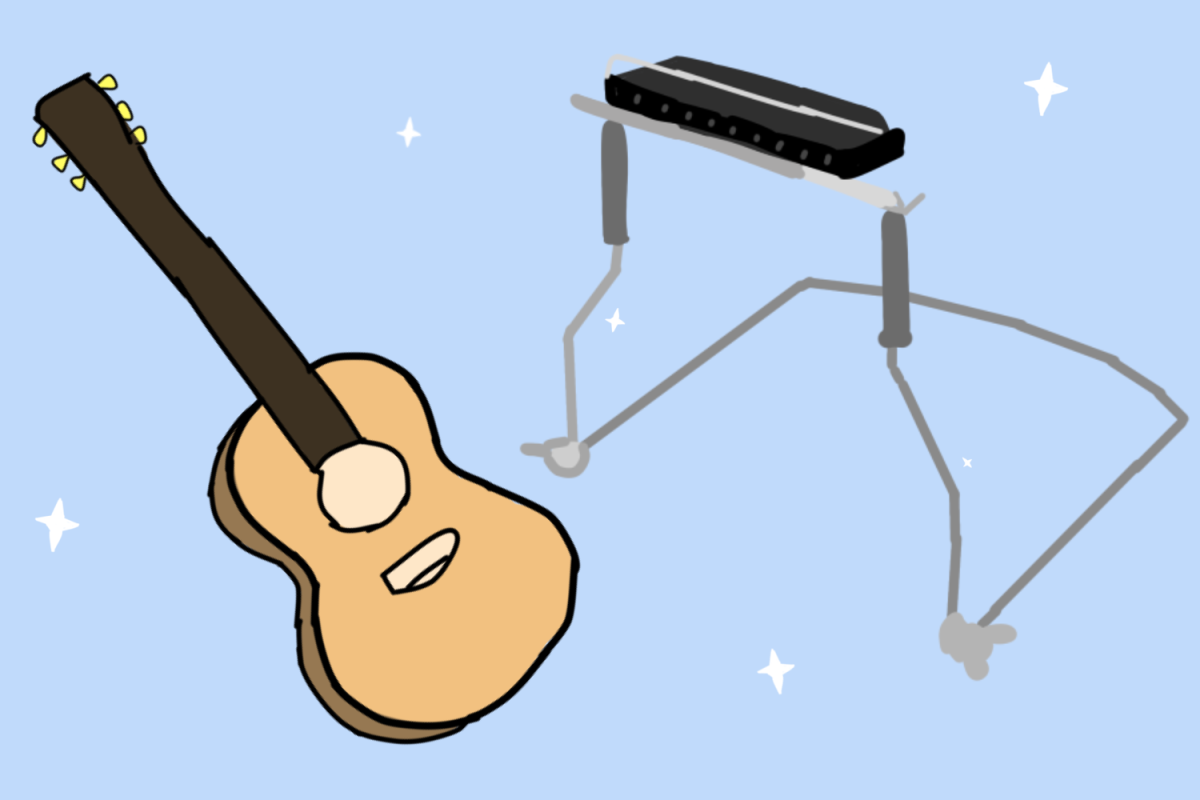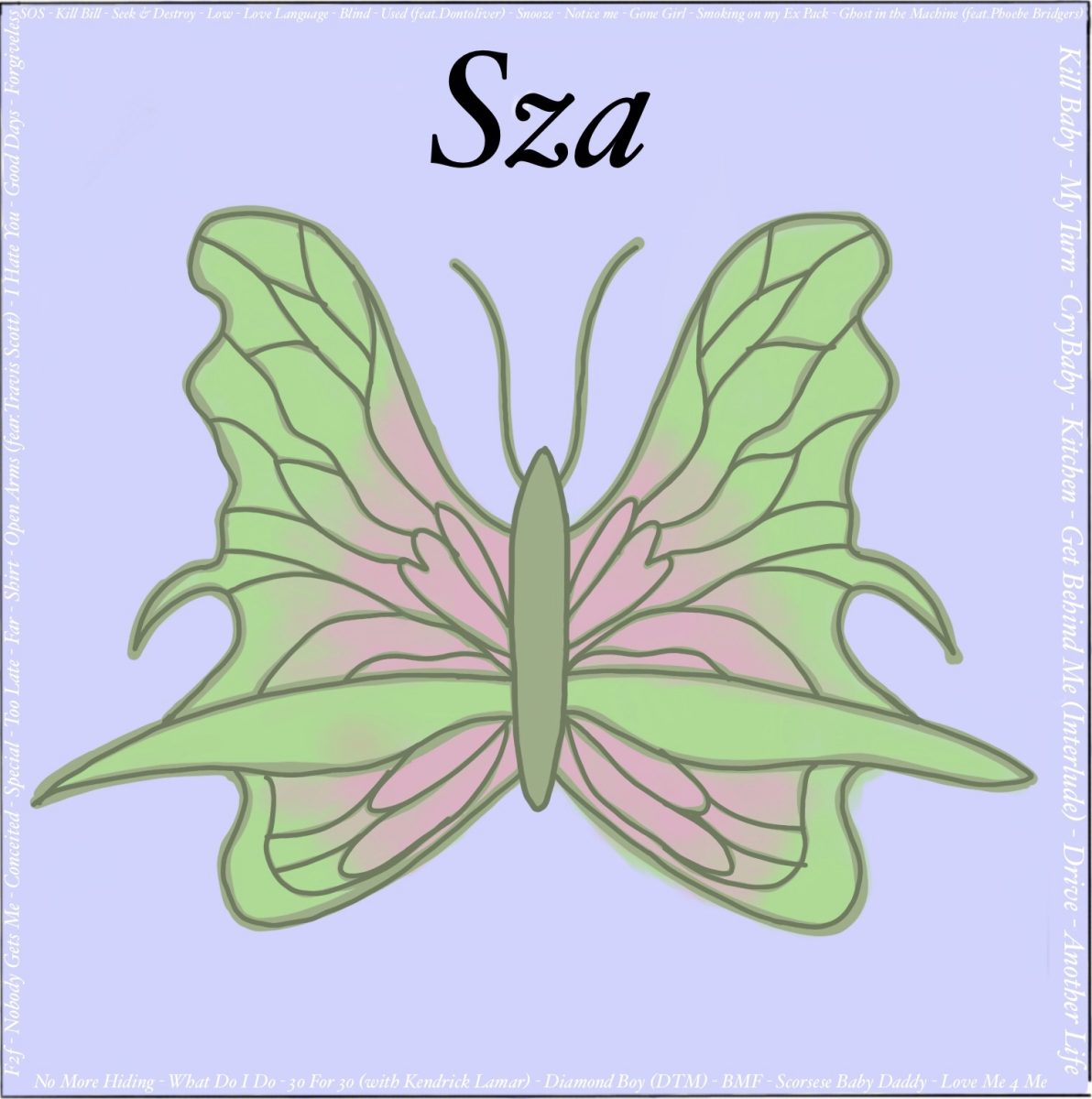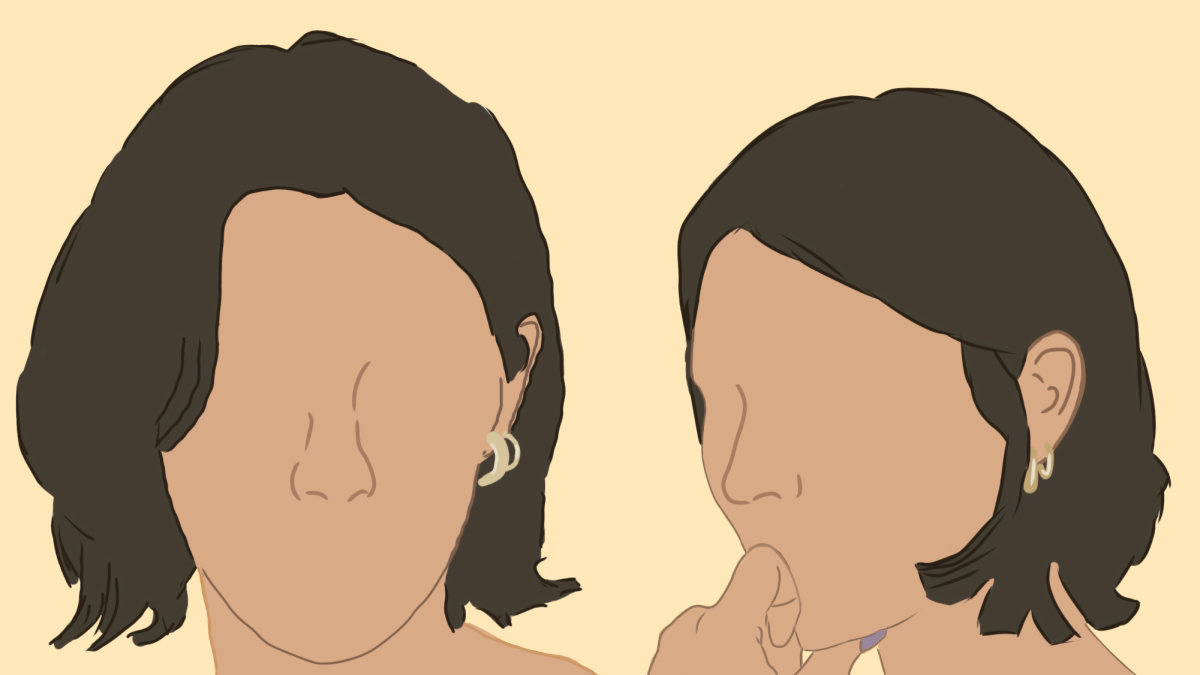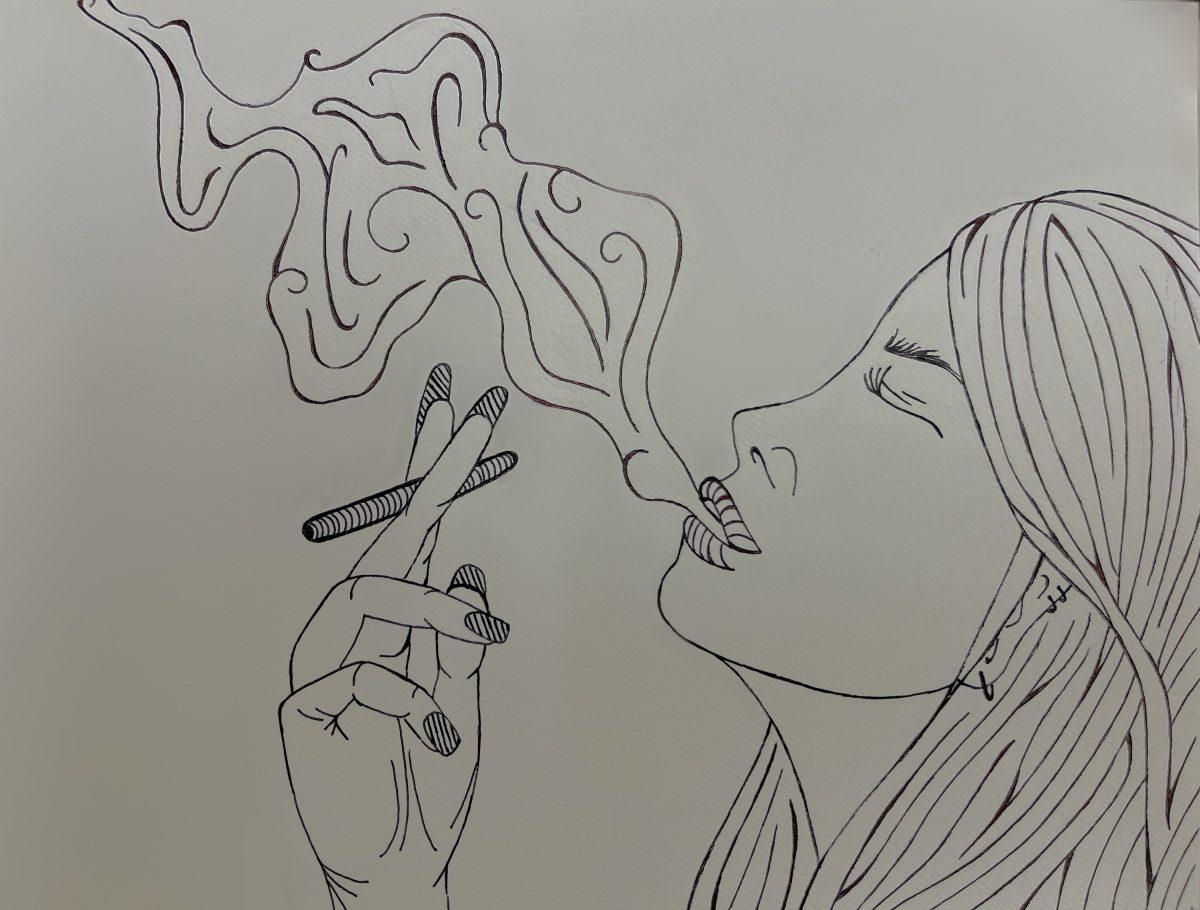Students come to school sleep-deprived, stressed about homework and bored. But are students also fearful for their safety on campus?
“In today’s world, I have heard people refer to us as the “school shooting generation” which is unfortunately not far from the truth,” sophomore Elizabeth DeRuvo said. “There will always be a hint of fear at school because of the relevance this problem has in our modern American society.”
A 2018 Northeastern University study showed that shootings involving students have been declining since the 1990’s, with one out of the average 20 to 30 mass murders a year taking place at a school. However, recent school shootings have led many schools across the country to adopt safety measures such as metal detectors, ID cards and active shooter drills. These security measures can be expensive, and some consider active shooter drills a traumatic experience for students– especially when they involve students pretending to be shot with fake blood. Although San Marin does not perform drills specific to a shooting, there are approximately three lockdown drills every year.
“Do we actually have someone with a toy gun acting like a shooter going around the campus?” Assistant Principal Mike Casper said. “No. But when we do our lockdowns and I train the staff, it’s with the assumption that there’s an intruder.”
According to Casper, emergency preparedness is a complex issue when training staff because there are gray areas where staff members have to make their own judgments.
“How many times has a teacher asked me, during a lockdown, if a kid is pounding on your door, do you open it for them?” Casper said. “You have to make that decision; I can’t make that decision for you.”
In the face of real danger, students may also need to make judgments in order to protect themselves.
“How could I manage to survive if I come face to face with an active shooter?” DeRuvo said. “It’s alarming to think about, but it is a normal thing that runs through my mind. How would I be able to help others that were harmed in these situations if the only way I know how to protect myself is to hide?”
During a school shooting, the responsibility falls on teachers, rather than the administration, to protect their students.
“It’s the teacher’s job to keep those kids safe if there’s an active shooter and use his or her best judgment protecting her class or his class,” Casper said. “That could be hunkering down, just being invisible, or that could be making a run for it.”
Although disasters are unpredictable, some techniques can increase safety or reduce fear among the student body. For example, San Marin has a student resource officer on campus five days a week, which DeRuvo said “does wonders” for school security.
According to the authors of the Northeastern University study, increasing mental health resources for students is critical to reducing gun violence. In 2017, the ratio of students to counselors in Marin County high schools was 637 to 1. The American School Counselor Association recommends a ratio of 250 to 1. The ratio of students to school psychologists was 961 to 1. The National Association of School Psychologists recommends a ratio of no greater than 700 students for each school psychologist. Both counselors and psychologists support students academically and emotionally, but psychologists can identify and treat mental health issues.
“The more safe we make our students feel and the more inclusive we become, there is a smaller likelihood a student, for example, would feel like an outcast and backlash with violence,” DeRuvo said. “With the connections we make with people, we grow trust, openness and companionship.”
